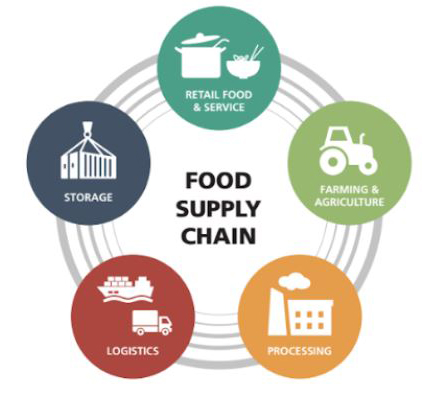 Shoring up weak links
Shoring up weak links
May 05, 2020
DUBAI, UNITED ARAB EMIRATES – The COVID-19 chaos has forced governments around the world to wade into new regulatory territory, leading to a surplus of good – and not so good – policy ideas, many of which will have implications for years to come.
Viet Nam is a prime example of a major exporter shuttering markets to keep rice at home; other governments followed suit with temporary bans or limits, including Cambodia and Myanmar. India, the world’s largest exporter did not impose an official ban on exports but has seen logistical delays throughout the country’s ports leading to a serious decrease in export business. Sri Lanka shut down the island’s ports, blocking imports, and utilizing domestic new crop rice to satisfy demands. Nigeria, and soon Ghana, have also banned rice imports to ensure local supply, even though they are likely putting themselves in a food insecure situation.
Many of these “quick fix” policy patches are designed to address short-term concerns around food security, but all governments, including the United States, will be looking at how to prevent food supply chain disarray in future pandemic situations.
The United Arab Emirates (UAE) took a unique route in response to the current food supply crisis, instituting a new federal law on “Organizing the Strategic Stock of Commodities.” The law, implemented at the end of March, provides significant latitude to the UAE Ministry of Economy to ensure the country always maintains a baseline level of commodity stocks in the event of an emergency, like COVID-19.
The Ministry is establishing a database to register and classify food suppliers and traders, and has been granted authority to enforce penalties, such as imprisonment and fines, for the domestic entities that do not comply with the rules. Not only does the law require a minimum of three to six months’ worth of stocks be kept, but also that they are supplied to the government for distribution upon request.
USA Rice Vice President of International Trade Policy Peter Bachmann said, “The policy may seem extreme, but it is not much different than government stockpiles maintained by other big players, like China and India. The real difference is the UAE government’s proactive engagement with the private sector; this is not designed to artificially control prices. The UAE is not able to produce everything needed domestically, so we will see an increase in imports of staples like rice and wheat for the first year or two while they build up that baseline.”
Bachmann added: “What’s good about this policy is that it’s an independent safeguard for the people of the UAE, leading to continued import demand, normal commerce, and the ability for their government to be nimble as situations unfold, rather than rushing towards self-sufficiency. Some of the other major rice importers will be pushing for more isolating efforts to decrease their reliance on imports, growing their rice acreage, and adding or increasing trade-distorting rice subsidies.”
“While I don’t see the U.S. taking any measures quite this drastic, I think this has been a wake-up call across agriculture and the whole supply chain distribution system,” said USA Rice President & CEO Betsy Ward. “We are blessed to have a secure supply of U.S. rice, but logistical challenges have hit all commodities, and this is something that will have to be addressed going forward.”
USDA estimates a 20 percent increase in rice imports by the UAE in 2020, primarily as a result of the new policy. Much of the rice coming through UAE is slated for re-export as one of the region’s major trade hubs. U.S. rice exports to the UAE account for one percent of total rice imports; the UAE sources more than 90 percent of their imports from India because of cultural preferences of their predominantly South Asian population.